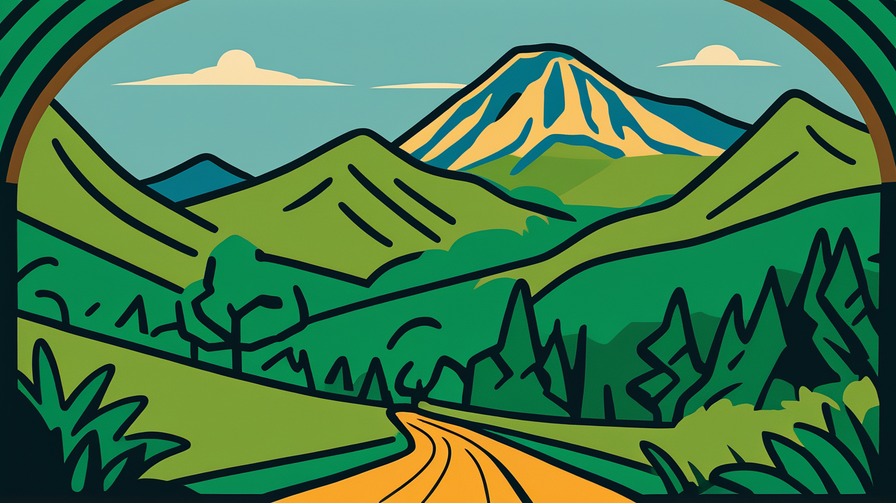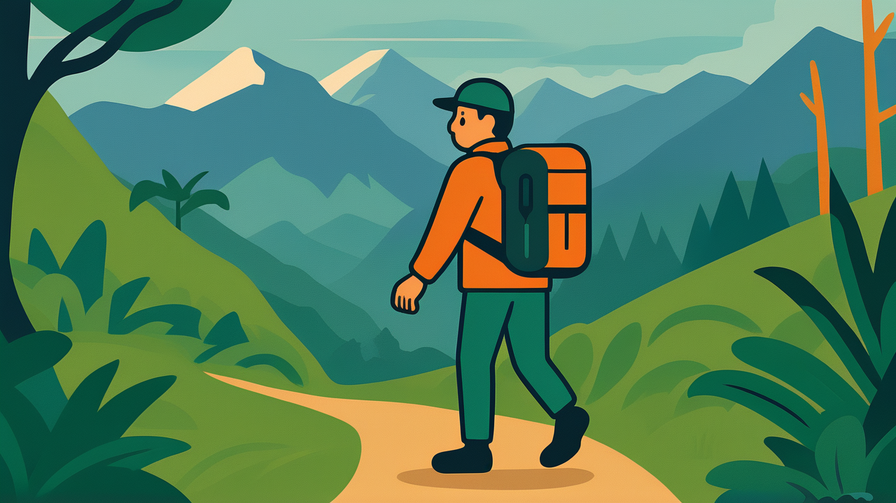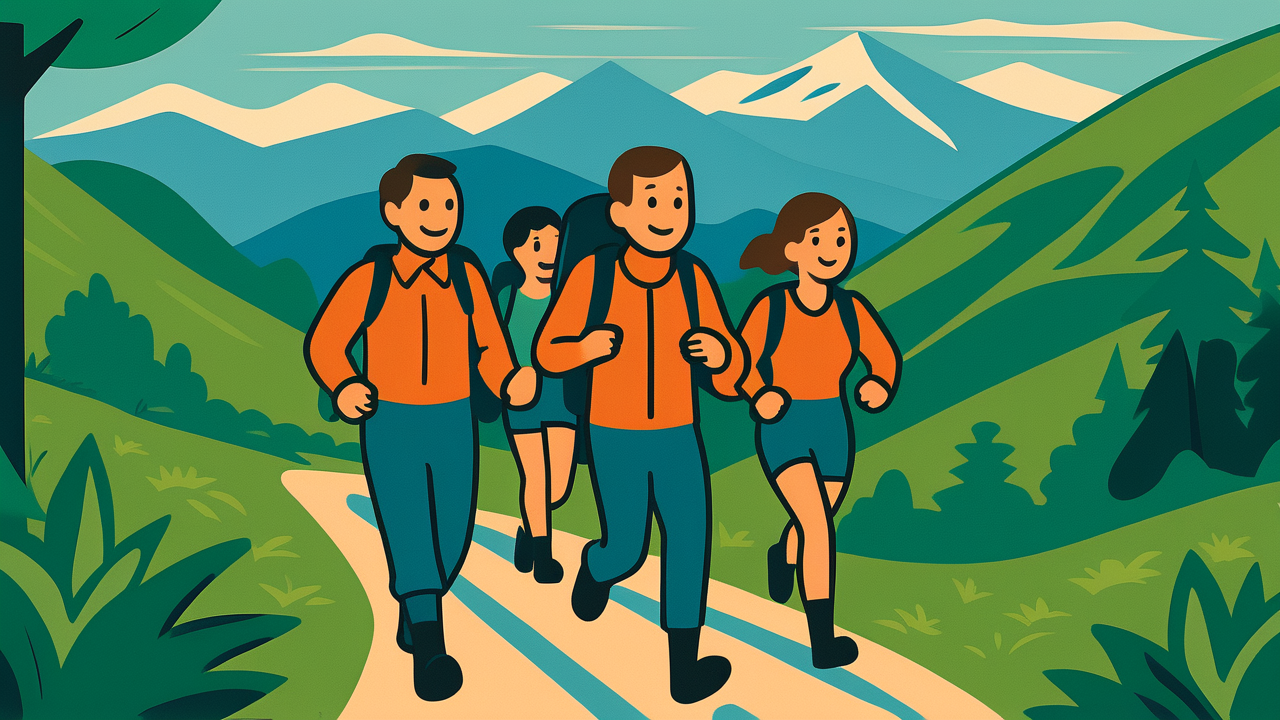[Disclaimer] This article is reconstructed based on information from external sources. Please verify the original source before referring to this content.
News Summary
The following content was published online. A translated summary is presented below. See the source for details.
Google just made it possible to explore one of Southeast Asia’s most incredible natural wonders without buying a plane ticket! Through Google Arts & Culture, you can now take virtual tours of Kinabalu Park in Malaysia, home to Mount Kinabalu – the highest peak between the Himalayas and New Guinea. This UNESCO World Heritage Site is basically nature’s ultimate flex, with over 6,000 plant species (more than all of Europe!), including massive carnivorous pitcher plants that could probably eat your homework. The virtual experience lets you “climb” the mountain through 360-degree images, learn about rare animals like the Kinabalu giant red leech (yeah, that’s a real thing), and explore different climate zones from tropical rainforest to alpine meadows – all in one place! This is part of Google’s bigger project to digitize UNESCO World Heritage Sites, making them accessible to everyone, including students who can’t travel, people with disabilities, and anyone curious about our planet’s coolest places. The platform includes expert commentary, indigenous stories, and even sounds from the forest.
Source: Google Blog
Our Commentary
Background and Context

Mount Kinabalu isn’t just any mountain – it’s a biological treasure chest that scientists call a “Centre of Plant Diversity.” At 4,095 meters (13,435 feet), it’s tall enough to have glaciers… 20,000 years ago! The park is home to more orchid species than most countries, and creatures found nowhere else on Earth. UNESCO (the UN organization that protects important cultural and natural sites) designated it a World Heritage Site in 2000 because it’s irreplaceable. Google Arts & Culture has been working with UNESCO since 2011 to create virtual experiences of these protected sites. They use special cameras, drones, and even underwater equipment to capture places most people will never see in person. This isn’t just about pretty pictures – it’s about education, conservation, and democratizing access to world heritage.
Expert Analysis
Digital heritage experts see this as revolutionary for education and conservation. Traditional field trips are expensive and limited – imagine trying to take your whole school to Malaysia! Virtual tours break down barriers of cost, distance, and physical ability. Conservation scientists love this because it reduces tourist pressure on fragile ecosystems while still letting people experience them. Too many visitors can damage these sites, but virtual visitors leave no footprint. The technology also creates permanent records of these sites, which is crucial as climate change threatens many natural wonders. Educators are excited because students can now “visit” multiple climate zones in one class period, comparing ecosystems in real-time.
Additional Data and Fact Reinforcement
Kinabalu Park covers 754 square kilometers (bigger than Singapore!) and contains 6,000 plant species, 326 bird species, and over 100 mammal species. The temperature at the summit can drop to 2°C while the base stays at 20°C – that’s like traveling from tropical summer to winter in one day. About 50,000 people attempt to climb Mount Kinabalu annually, but millions more can now experience it virtually. Google has digitized over 3,000 cultural institutions and heritage sites across 80 countries. Studies show virtual field trips can be as educational as physical ones when done well, and they’re accessible to the 15% of the world’s population with disabilities who might struggle with physical travel.
Related News
This launch is part of a bigger trend of digitizing our world. Museums went virtual during COVID and discovered global audiences. Video games like “Assassin’s Creed” now include educational modes touring historical sites. Meta (Facebook) is pushing VR tourism experiences. Schools increasingly use virtual reality for field trips – some even “visit” Mars! Climate change makes this urgent – many sites might not exist in 50 years. The Maldives created a virtual embassy in the Metaverse, preparing for possible submersion due to rising seas. UNESCO reports that one-third of natural World Heritage Sites are threatened by climate change, making digital preservation critical.
Summary

Google’s virtual tour of Kinabalu Park represents more than just cool technology – it’s democratizing access to our planet’s treasures. By making World Heritage Sites available to anyone with internet access, we’re creating a more inclusive way to explore and learn about our world. Whether you’re a student researching biodiversity, someone planning a future trip, or just curious about giant carnivorous plants, these virtual experiences bring the wonders of our world to your screen.
Public Reaction
Teachers are going wild for this resource, sharing lesson plans on teacher forums and social media. Students report that virtual tours make geography and biology way more interesting than textbooks. Malaysian locals are proud their mountain is getting global attention and hope it will inspire conservation. Some traditionalists argue nothing replaces real experiences, but accessibility advocates point out that not everyone can climb mountains. Gamers compare it to open-world exploration games but with real places. Environmental groups use it to show what we stand to lose to climate change. Travel influencers debate whether this will decrease or increase actual tourism – most think it’ll inspire more people to visit in person eventually.
Frequently Asked Questions
Q: Is this virtual tour free?
A: Yes! Google Arts & Culture is completely free. You just need internet access. You can explore on your phone, tablet, or computer, and some experiences even work with VR headsets for extra immersion.
Q: How is this different from just looking at photos?
A: It’s interactive! You can “move” through the space, zoom in on details, click on information points, and sometimes even hear sounds from the location. It’s more like a video game than a slideshow.
Q: Will virtual tours replace real travel?
A: Probably not for most people. Think of it like watching a concert on YouTube versus being there – both are valuable but different experiences. Virtual tours can inspire future trips, help with planning, or let you “visit” places you can’t physically reach.


